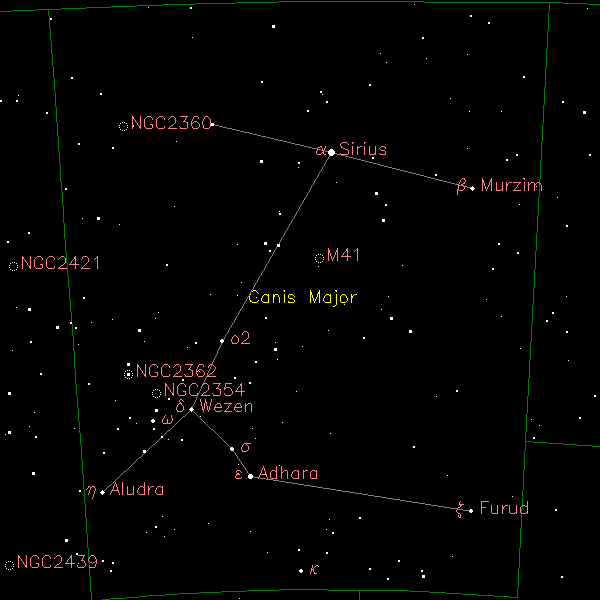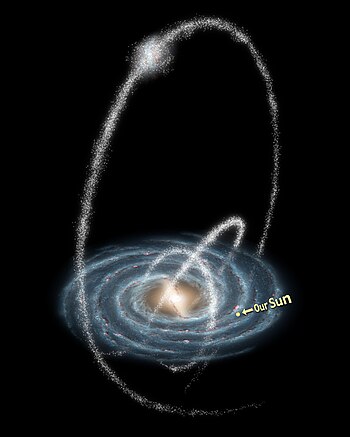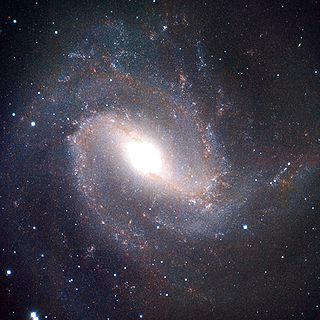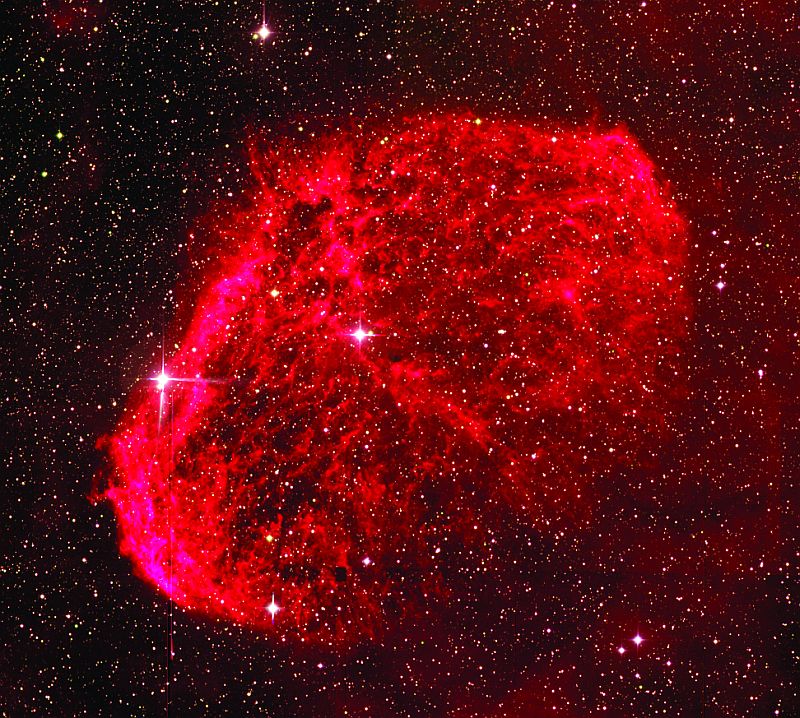Canis Major Overdensity
The Canis Major dwarf galaxy is in the present state of research, the nearest neighbor galaxy of our Milky Way. It is located at a distance of 42,000 light-years from the Milky Way center and has a distance of about 25,000 light- years to our solar system. It has, therefore, only about 80 percent of the distance to the center of the Milky Way Sagittarius dwarf galaxy, which was regarded as the nearest neighbor of the Milky Way before the discovery of the Canis Major galaxy. Our solar system is the Canis Major dwarf galaxy, it is closer than the center of the Milky Way.
Astronomical context
The number of individual stars in this galaxy is estimated at about one billion, and its core has an elliptical shape. The galaxy as a whole but is categorized as irregular galaxy.
The Canis Major galaxy located in the constellation Canis Major and is literally right in the galactic plane. Comparing the distance of the galaxy to the Milky Way center with the diameter of the Milky Way, it is found that the galaxy virtually located within the outer parts of the Milky Way. The tidal forces exerted by the Milky Way in this dwarf galaxy, therefore, are extremely high, and in fact the Canis Major galaxy seems to be in the process of resolution and is already extremely deformed.
Discovery
Due to its location in the Galactic plane the galaxy, however, remained undiscovered until 2003, on the one hand, because the interstellar matter blocked the view of the galaxy, on the other hand, since it is difficult to distinguish from the Milky Way itself. Therefore, the discovery made only by an international team as part of the Two Micron All Sky Survey, which was carried out in the infrared region, where the interstellar matter is more transparent than in the optical range.
Related phenomena
In the wake of the discovery of the Canis Major galaxy could also other strange occurrences in the vicinity of the constellation Canis Major, who had been known for some time in part, be associated with this galaxy and its disintegration.
- A strange accumulation of globular clusters in a region of the sky in which otherwise are very few such clusters. Among these are the long-known objects M79, NGC 1851, NGC 2298 and NGC 2808, which probably were all part of the old globular cluster system of dwarf galaxy.
- A large density of the spectral type giant stars M, which has also been discovered in the context of two- micron All sky survey. These excess stars seem to come from the dwarf galaxy, which has a high proportion of red giant stars.
- A long filament of stars along the orbit of the dwarf galaxy, which was discovered as part of the Sloan Digital Sky Survey in 2001, was named the Monoceros Ring and winds up to three times around the Milky Way.
- Some open clusters, including Dol 25, H 18 un AM 2 that could be possibly caused by the tidal effect of the dwarf galaxy the interstellar gas of the Milky Way in this area.
Alternative interpretation
In astronomical research by the Canis Major over -density is the speech as it despite strong evidence can not yet be considered certain whether the observed clusters actually come through its own galaxy, or would the Milky Way itself to blame.










